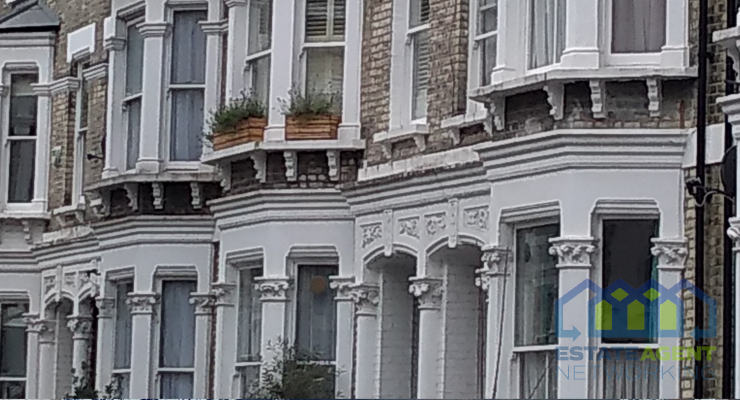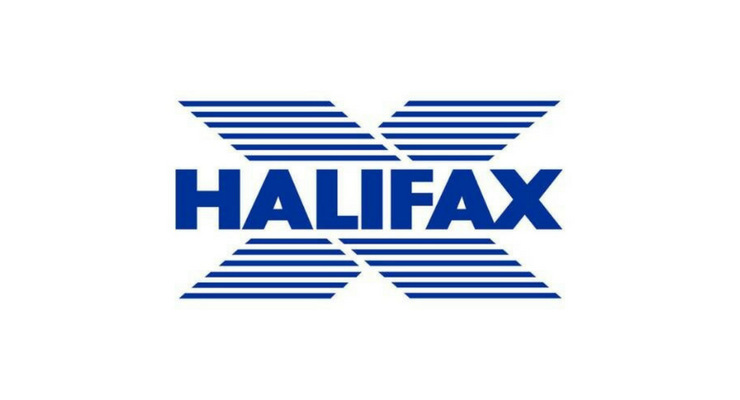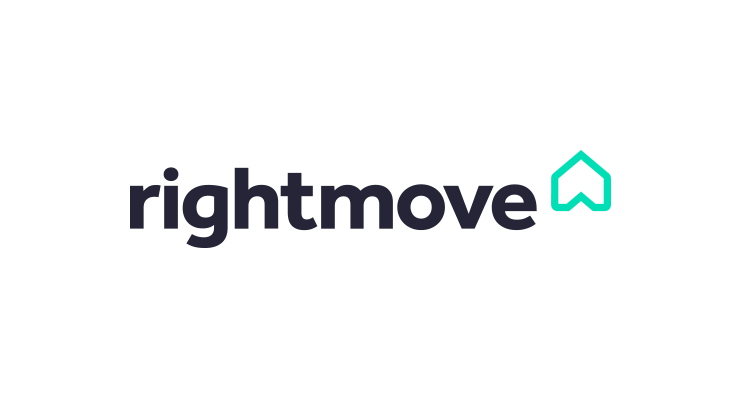Everything You Need to Know About Shared Ownership
Do you wish you could buy a property but can’t afford a mortgage? Shared ownership might be your ticket onto the property ladder…
Shared ownership, or ‘part-buy part-rent’, provides people who are struggling to afford a mortgage the opportunity to buy a share of a property. This generally involves a new builds or resale homes.
Whether this is the first time you are hearing about the scheme or you have already requested a shared ownership conveyancing quote, you may be looking for some additional information.
In the following article, we shall discuss what shared ownership is, the pros, cons, eligibility, and cost. This will provide you with a rounded view of the process so you can make informed decisions regarding whether shared ownership is the route for you.
What is Shared Ownership?
For first time buyers, and people who don’t currently own their own home, shared ownership provides the perfect opportunity to purchase a new build or resale property without having to pay the full 100% for a mortgage.
If you are eligible, this process involves purchasing a share of a property and only paying a mortgage on that specific share. On top of this, a below market value rent will need to be paid to a housing association on the remaining shares.
Because the buyer will be paying a much smaller mortgage the deposit is a lot lower, making purchasing the home much more achievable.
The buyer will have the option to increase their share in the property over time until eventually they own 100% of the property and only need to repay the mortgage. This is called ‘staircasing’.
What is Staircasing?
When you first get shared ownership, you may own as little as 25% of the property. In your lease there will be a period of time after which you may increase the number of shares that you own.
By doing this, people who have shared ownership are able to steadily increase the percentage of shares that they have until they own 100% of the property.
The Pros and Cons of Shared Ownership
There are many pros and cons for shared ownership. It will completely depend on your unique situation and what is right for you.
Benefits of shared ownership
• Shared ownership allows people to quickly get onto the property ladder
• It provides long-term stability in an affordable way
• You will pay less for a deposit
• The monthly payments are often cheaper than if you choose to rent privately
• Staircasing means that you have the opportunity to purchase more share of the property and eventually own 100%
• You have the opportunity to sell your shares at any point
Cons of shared ownership
• Although the majority of lenders do offer mortgages for shared ownership not all of them do.
• You will always have to pay 10% of the ground rent and service charge for the property
• Properties that are shared ownership are only sold on leasehold basis
• You may find there are restrictions on home improvements whilst you only own a small share of the property
How Much Does Shared Ownership Cost?
Many people are put off by the idea of having to pay both a mortgage and rent at the same time, but through shared ownership these payments will actually turn out to be a lot less than you think.
Initially, you would purchase between 25% and 75% of a property, you will then only pay a mortgage on the share that you brought. Additionally, you will pay a subsidised rent to the housing association to cover the rest of the shares of the property.
The full-service charge and ground rent will have to be paid no matter what the size of your share is.
If you chose to increase the number of shares you have, your mortgage will increase but your rent will decrease. This will continue until you own 100% of the property and only pay for the mortgage, service charge and ground rent
How Do You Know if You’re Eligible for Shared Ownership?
Shared ownership can be a great option for many people who currently can’t afford to get onto the property ladder. The scheme aims to support first time buyers, but anyone can apply as long as they meet the eligibility criteria.
To be eligible to apply for shared ownership, you must:
• Be 18 years or older
• Not currently own your own home or be in the process of selling it
• Be able to pay a deposit on the share you are buying
• Have a household income that is under £80,000 per year (Or under £90,000 per year in London)
• Be unable to purchase a home that meets your needs
• Have a good credit history
• Be able to prove you are not in mortgage or rent arrears
When choosing who will be accepted for a property, the shared ownership scheme will prioritise individuals who are or have been a member of the military and applicants that already live/work in the area, although this does depend on n the location.
Applicants who already own a home will not be prioritised and must show that they are in the process of selling their current property to be able to apply.
Is Shared Ownership Right for You?
Overall, shared ownership is a great way for individuals who are unable to afford a mortgage to get onto the property ladder. If you meet the eligibility criteria, you may quickly find yourself getting closer and close to owning 100% of a property, years before you could have afforded the full mortgage.
It is of course, a very personal decision and a big one to make so be sure you are consulting a professional before you make any permanent decisions so that you know you are getting the best deal for you.
Please be advised that this article is for general informational purposes only, and should not be used as a substitute for advice from a trained property professional. Be sure to consult a property professional if you’re seeking advice about shared ownership. We are not liable for risks or issues associated with using or acting upon the information on this site.









